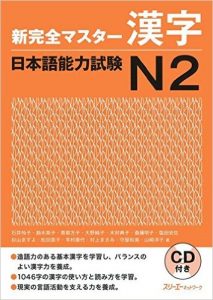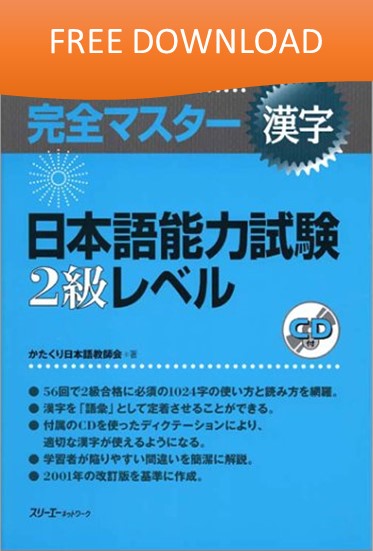Activity series of metals pdf Willow Bunch

Activity Series of Metals Mr. F's Classroom & laboratory The metal activity series indicates the reactivity of metals and how strongly they are reduced. The series begins with lithium, potassium, calcium, and sodium.
home [intro.chem.okstate.edu]
Activity Series Worksheet. In general, a metal can displace any of the metals which are lower in the reactivity series. Same rule applies for Halogens. *Metals from Li to Na will replace H from acid and water Metals from Mg to Pb will replace H from acids only., the least reactive metal is the one that reacted with the fewest solutions). Such a ranking of elements is called an activity series. 4. Based on your activity series, explain why the Statue of Liberty was made with copper instead of zinc. 5. Based on your activity series, which material might have been a better choice.
The activity series of metals is an empirical tool used to predict products in displacement reactions and reactivity of metals with water and acids in replacement reactions and ore extraction. It can be used to predict the products in similar reactions involving a different metal. Exploring the Activity Series Chart Check your understanding of single replacement reactions using an activity series with an interactive quiz and printable worksheet. These practice...
Reactivity Series of Metals. The order of intensity of reactivity is known as reactivity series. Reactivity of element decreases on moving from top to bottom in the given reactivity series. In the reactivity series, copper, gold, and silver are at the bottom and hence least reactive. These metals are known as noble metals. Potassium is at the the least reactive metal is the one that reacted with the fewest solutions). Such a ranking of elements is called an activity series. 4. Based on your activity series, explain why the Statue of Liberty was made with copper instead of zinc. 5. Based on your activity series, which material might have been a better choice
Students can add their own graphs here. Activity Series The purpose of this lab was to observe the reactions of metals and the importance of the activity series. Magnesium-HCL Zinc-HCL Iron-HCL Tin-HCL Copper-HCL Copper-AgNO3 Grade and Comments Class 3. . Observe the wells for a Significance and usage of reactivity series of metals: By using the reactivity series of metals, one can predict the products of displacement reaction. Each element in the reactivity series can be replaced from a compound by any of the elements above it. For example, magnesium metal can displace zinc ions in …
The Activity Series of the metals is an invaluable aid to predicting the products of replacement reactions. It also can be used as an aid in predicting products of some other reactions. Pay attention to the notes below as they are provided to help you make better use of the activity series than just the list of metals by themselves. 1. Each Metals are usually reclaimed from their ores in one of two ways: chemical reduction (using carbon in the form of coke) or electrolytic reduction (using electricity). Carbon is a relatively cheap way to reduce metals from their ores. Carbon fits on the activity series scale between aluminum and zinc – you can assign it a rating of “8
the least reactive metal is the one that reacted with the fewest solutions). Such a ranking of elements is called an activity series. 4. Based on your activity series, explain why the Statue of Liberty was made with copper instead of zinc. 5. Based on your activity series, which material might have been a better choice CBSE class 10 Science Chapter 3 Metals and Non-metals notes in PDF are available for free download in myCBSEguide mobile app. The best app for CBSE students now provides Metals and Non-metals class 10 Notes latest chapter wise notes for quick preparation of CBSE board exams and …
Metal Reactivity Series Below has been excerpted from Compound Chemistry Student handout: Reactivity Series of Metals (PDF)This graphic places a selection of common metals into order of reactivity, as well as showing their reactions with air, water and steam. Metals have a range of reactivities: The classic alkali metals in water demonstration The reactivity… Use the activity series for metals to explain why copper metal is used in plumbing where the water might contain compounds of many different metals. Cu, Rol- vex9 agac,hv,e, boar 4- read- ol rna-cilD m) L.) I ightec frOcQ_ c..c),(y\mc‘C 5. The The last four metals in the activity series of metals are commonly referred to as the
Activity Series of Metals The Activity Series of the metals is a n invaluable aid to predicting the products of replacement reactions. It also can be used as an aid in predicting products of some other reactions. Pay attention to the notes below as they are provided to help you make better use of the activity series tha n just the list of 05/05/2015 · The activity of 6 metals, Sn, Fe, Mg, Cu, Zn, and Ca were tested using 3M HCl and water separately. Observations were used to qualitatively rank the metals in their ability to oxidize or act as a
Reactivity Series of Metals. The order of intensity of reactivity is known as reactivity series. Reactivity of element decreases on moving from top to bottom in the given reactivity series. In the reactivity series, copper, gold, and silver are at the bottom and hence least reactive. These metals are known as noble metals. Potassium is at the In general, a metal can displace any of the metals which are lower in the reactivity series. Same rule applies for Halogens. *Metals from Li to Na will replace H from acid and water Metals from Mg to Pb will replace H from acids only.
REACTIVITY OF A SERIES OF METALS In this demonstration, the activity of five metals is compared. Magnesium, zinc, iron, tin and copper are each immersed in a solution of hydrochloric acid. This results in the formation of hydrogen gas and the corresponding metal(II) ion. 1. Balance the following general equation for the reaction: 2 2. In the Use the activity series for metals to explain why copper metal is used in plumbing where the water might contain compounds of many different metals. Cu, Rol- vex9 agac,hv,e, boar 4- read- ol rna-cilD m) L.) I ightec frOcQ_ c..c),(y\mc‘C 5. The The last four metals in the activity series of metals are commonly referred to as the
Reactivity Series of Metals. The order of intensity of reactivity is known as reactivity series. Reactivity of element decreases on moving from top to bottom in the given reactivity series. In the reactivity series, copper, gold, and silver are at the bottom and hence least reactive. These metals are known as noble metals. Potassium is at the Those metals that can displace H + ions from acids are easily recognized by their position above H in the activity series. The boundary between the metals that react with water and those that don't is harder to spot. For example, calcium is quite reactive with water, whereas magnesium does not react with cold water but does displace hydrogen from steam. A more sophisticated calculation involving electrode …
Activity Series of Metals University of Manitoba
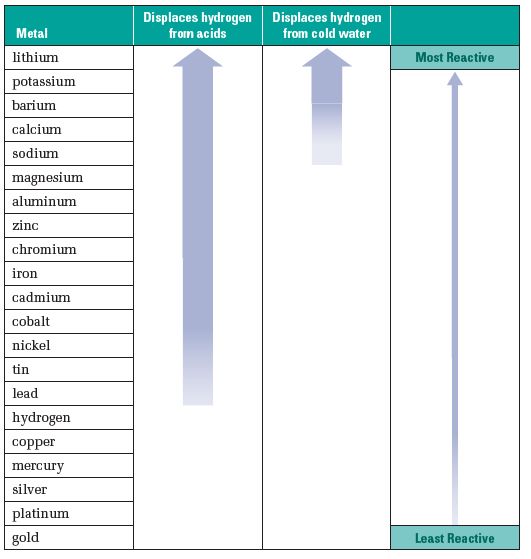
reactivity series of metals Students Britannica Kids. An Activity Series Date: Oct 6th 2011 Instructor: Mr.Dan Judy Chen Partner: Archer Purpose: the purpose of this experiment is to determine the activity series for metals and halogens. Part 1 is to determine the activity series for five different metals using a micro, In chemistry, a reactivity series (or activity series) is an empirical, calculated, and structurally analytical progression of a series of metals, arranged by their "reactivity" from highest to lowest. It is used to summarize information about the reactions of metals with acids and water, double displacement reactions and the extraction of metals from their ores.
The Activity Series for Single Displacement Reactions. Activity Series Definition: The activity series of metals is an list of metals ranked in order of decreasing reactivity to displace hydrogen gas from water and acid solutions.It can also be used to predict which metals will displace other metals in aqueous solutions., Check your understanding of single replacement reactions using an activity series with an interactive quiz and printable worksheet. These practice....
Activity Series and Solubility Chart
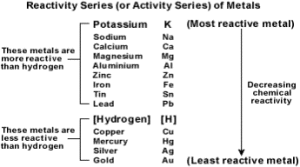
Redox Chemistry--Activity of Metals. Introduction: The purpose of the lab was to find which metal is the most reactive and which metal is the least reactive. It was known before the experiment that the metals used in the experiment are placed in the activity series from most active to least active as follows: magnesium, aluminum, zinc, and copper. Áns1u-101-1D loot-ps qBIH INA IÐOd 9Lc aus .uozaovavl ou aq ppzom '(uonrqos UI urn1souBE111 -10 uopnps 1.11 -10dd03) LIMO JO uonnlos U! JO 2nd noKJ1.
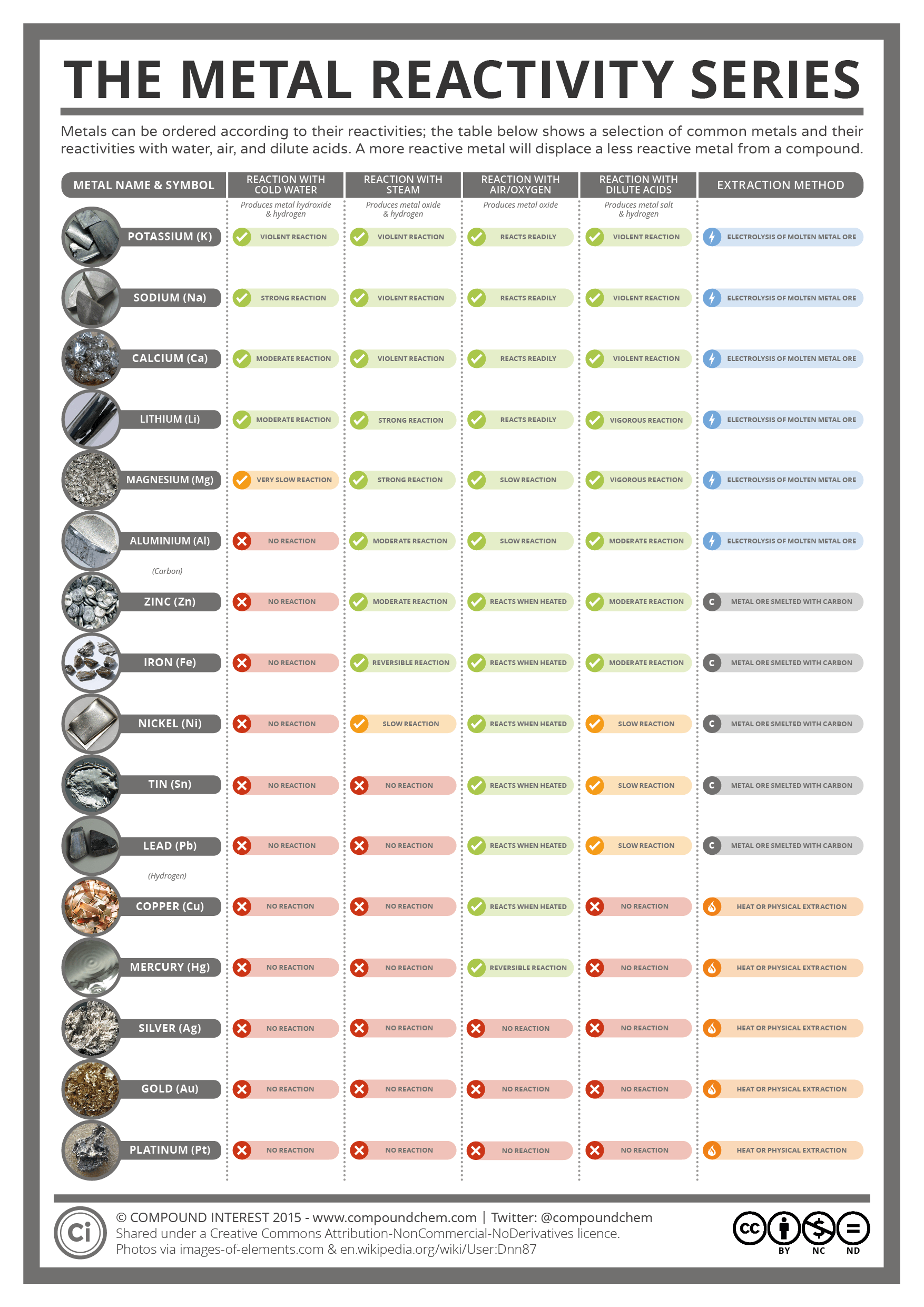
The activity series of metals is an empirical tool used to predict products in displacement reactions and reactivity of metals with water and acids in replacement reactions and ore extraction. It can be used to predict the products in similar reactions involving a different metal. Exploring the Activity Series Chart A more reactive metal is able to donate electrons to the ion of a less reactive metal in a displacement reaction • Write equations and half-equations for reactions between a metal and the ion of a less reactive metal. Differences in metal reactivity can be represented as a metal activity series.
Metal Reactivity Series Below has been excerpted from Compound Chemistry Student handout: Reactivity Series of Metals (PDF)This graphic places a selection of common metals into order of reactivity, as well as showing their reactions with air, water and steam. Metals have a range of reactivities: The classic alkali metals in water demonstration The reactivity… how about when Cu metal is put into a beaker of HCl (aq)? In this case the activity series tell's us there's no reaction. So in summary, by simply looking at the Activity Series you can predict which redox reactions will occur and which won't.
The most stable metals are those that hardly react at all; these metals are often used for jewelry because they will not react with skin or water. These metals are found at the bottom of an activity series. Pre-lab Questions. Name two stable, nonreactive metals that may be found at the bottom of the activity series (hint: they are used for Use the activity series to determine if a reaction will occur. If a reaction will take place, predict the products and balance the reaction. If no reaction will occur, simply write, “no reaction”. Note the state of mater of your reactants and indicate the state of mater of your products. Have fun!!! Assume that all polyvalent metals ionize
of different metals to generate an activity series for these elements. These trends can also be used to identify an unknown element. The Alkaline Earths The alkaline earth elements are all relatively reactive metals. Because of their electron configura-tions, these elements all tend to form dications (i.e. +2 cations) in their compounds. The A reactivity series is used to rank the chemical reactivity of a group of metals from most reactive to least reactive.
Significance and usage of reactivity series of metals: By using the reactivity series of metals, one can predict the products of displacement reaction. Each element in the reactivity series can be replaced from a compound by any of the elements above it. For example, magnesium metal can displace zinc ions in … Students can add their own graphs here. Activity Series The purpose of this lab was to observe the reactions of metals and the importance of the activity series. Magnesium-HCL Zinc-HCL Iron-HCL Tin-HCL Copper-HCL Copper-AgNO3 Grade and Comments Class 3. . Observe the wells for a
In a similar fashion you will investigate the relative activity of a series of metals by placing samples of the elemental metals in contact with solutions of other metal ions. By observing whether or not a reaction occurs you will be able to identify the more active metal. Once you have completed the set of reactions you will create an activity series by listing the metals in order from most An activity series of the nonmetallic halogens places the most reactive halogen at the top. Like the metals, Like the metals, the more reactive nonmetals will …
Activity Series: Metals Non-metals and H (Halogens) K F 2 Ca Cl 2 Na Br 2 Mg I 2 Al Zn Fe Ni Sn Pb Cu Ag Hg Au y Higher oxidation potential (greater tendency to form cations) Higher reduction potential (greater tendency to form anions) A. Romero 2009 Introduction: The purpose of the lab was to find which metal is the most reactive and which metal is the least reactive. It was known before the experiment that the metals used in the experiment are placed in the activity series from most active to least active as follows: magnesium, aluminum, zinc, and copper.
Activity Series for Metals and Non-metals. Single Replacement Reactions. Name Symbol. Metals . Lithium Li+ . Sodium Na+. Potassium K+ . Rubidium Rb+ Barium Ba+2 Strontium Sr+2 An activity series of the nonmetallic halogens places the most reactive halogen at the top. Like the metals, Like the metals, the more reactive nonmetals will …
general physical properties of metals and non-metals in the class. You must have concluded that we cannot group elements according to their physical properties alone, as there are many exceptions. For example – (i) All metals except mercury exist as solids at room temperature. In Activity 3.5, you have observed that metals have high melting The most stable metals are those that hardly react at all; these metals are often used for jewelry because they will not react with skin or water. These metals are found at the bottom of an activity series. Pre-lab Questions. Name two stable, nonreactive metals that may be found at the bottom of the activity series (hint: they are used for
Significance and usage of reactivity series of metals: By using the reactivity series of metals, one can predict the products of displacement reaction. Each element in the reactivity series can be replaced from a compound by any of the elements above it. For example, magnesium metal can displace zinc ions in … Introduction: The purpose of the lab was to find which metal is the most reactive and which metal is the least reactive. It was known before the experiment that the metals used in the experiment are placed in the activity series from most active to least active as follows: magnesium, aluminum, zinc, and copper.
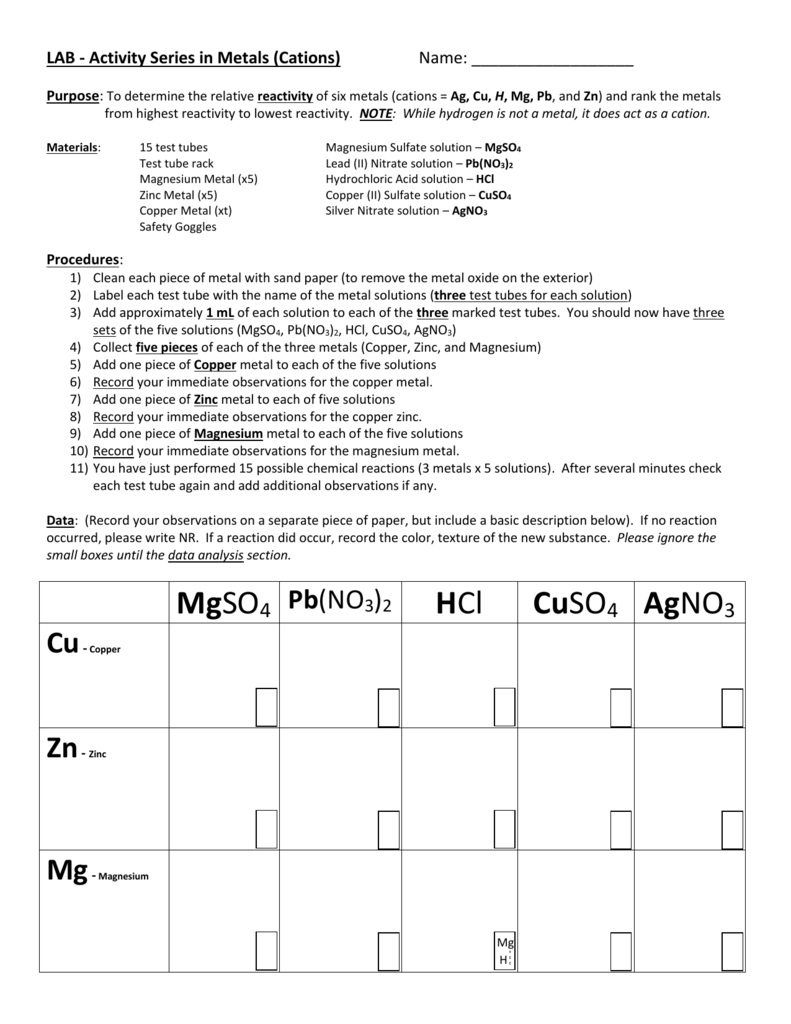
Significance and usage of reactivity series of metals: By using the reactivity series of metals, one can predict the products of displacement reaction. Each element in the reactivity series can be replaced from a compound by any of the elements above it. For example, magnesium metal can displace zinc ions in … of different metals to generate an activity series for these elements. These trends can also be used to identify an unknown element. The Alkaline Earths The alkaline earth elements are all relatively reactive metals. Because of their electron configura-tions, these elements all tend to form dications (i.e. +2 cations) in their compounds. The
The Activity Series Jacqueline O'Donnell's Portfolio

Activity Series Lab Report by Darbi Cook on Prezi. All metals that are found above hydrogen in the activity series liberate H 2 gas upon reacting with dilute HCl or dilute H 2 SO 4. Metals that are placed higher on the reactivity series have the ability to displace metals that are placed lower from their salt solutions., The metal activity series indicates the reactivity of metals and how strongly they are reduced. The series begins with lithium, potassium, calcium, and sodium..
Activity Series Lab Report by Darbi Cook on Prezi
POGIL Chemistry Teachers Edition. Metal lithium potassium strontium calcium sodium magnesium aluminum zinc chromium Iron cadmium cobalt nickel hydrogen antimony arsenic bismuth copper mercury silver platinum gold Activity Series Common Ions Reactivity most reactive These metals displace hydrogen from water: ca(S) + 2H20(l) + Hag) They react readily to form compounds., Use the activity series to determine if a reaction will occur. If a reaction will take place, predict the products and balance the reaction. If no reaction will occur, simply write, “no reaction”. Note the state of mater of your reactants and indicate the state of mater of your products. Have fun!!! Assume that all polyvalent metals ionize.
general physical properties of metals and non-metals in the class. You must have concluded that we cannot group elements according to their physical properties alone, as there are many exceptions. For example – (i) All metals except mercury exist as solids at room temperature. In Activity 3.5, you have observed that metals have high melting Students can add their own graphs here. Activity Series The purpose of this lab was to observe the reactions of metals and the importance of the activity series. Magnesium-HCL Zinc-HCL Iron-HCL Tin-HCL Copper-HCL Copper-AgNO3 Grade and Comments Class 3. . Observe the wells for a
the least reactive metal is the one that reacted with the fewest solutions). Such a ranking of elements is called an activity series. 4. Based on your activity series, explain why the Statue of Liberty was made with copper instead of zinc. 5. Based on your activity series, which material might have been a better choice home
Reactivity Series of Metals. The order of intensity of reactivity is known as reactivity series. Reactivity of element decreases on moving from top to bottom in the given reactivity series. In the reactivity series, copper, gold, and silver are at the bottom and hence least reactive. These metals are known as noble metals. Potassium is at the Significance and usage of reactivity series of metals: By using the reactivity series of metals, one can predict the products of displacement reaction. Each element in the reactivity series can be replaced from a compound by any of the elements above it. For example, magnesium metal can displace zinc ions in …
Check your understanding of single replacement reactions using an activity series with an interactive quiz and printable worksheet. These practice... The metal activity series indicates the reactivity of metals and how strongly they are reduced. The series begins with lithium, potassium, calcium, and sodium.
The reactivity series allows us to predict how metals will react. A more reactive metal will displace a less reactive metal from a compound. Rusting is an oxidation reaction. Activity Series: Metals Non-metals and H (Halogens) K F 2 Ca Cl 2 Na Br 2 Mg I 2 Al Zn Fe Ni Sn Pb Cu Ag Hg Au y Higher oxidation potential (greater tendency to form cations) Higher reduction potential (greater tendency to form anions) A. Romero 2009
home The Activity Series of the metals is an invaluable aid to predicting the products of replacement reactions. It also can be used as an aid in predicting products of some other reactions. Pay attention to the notes below as they are provided to help you make better use of the activity series than just the list of metals by themselves. 1. Each
2-) When combined with alkali metal ions or NH 4 +, Ca2+ or Mg2+ Hydroxide ion (OH-) When combined with alkali metal ions or NH 4 +, Ca2+, Sr2+or Ba2+ Sulfide ion (S2-) When combined with alkali metal ions or NH 4 +, Ca2+, Sr2+ or Ba2+ Activity Series for Metals in Aqueous Solutions ium otassium ium alcium latinum odium Magnesium general physical properties of metals and non-metals in the class. You must have concluded that we cannot group elements according to their physical properties alone, as there are many exceptions. For example – (i) All metals except mercury exist as solids at room temperature. In Activity 3.5, you have observed that metals have high melting
The Activity Series Engage: How do Metals React with Other Substances? A. You’ve learned about characteristics of metals and nonmetals, and balancing chemical equations. How does one determine the relative reactivities of metals? In spontaneous redox reactions, which metal is more active? Before Studying this Unit After Studying this Unit Activity Series Definition: The activity series of metals is an list of metals ranked in order of decreasing reactivity to displace hydrogen gas from water and acid solutions.It can also be used to predict which metals will displace other metals in aqueous solutions.
A reactivity series is used to rank the chemical reactivity of a group of metals from most reactive to least reactive. In chemistry, a reactivity series (or activity series) is an empirical, calculated, and structurally analytical progression of a series of metals, arranged by their "reactivity" from highest to lowest. It is used to summarize information about the reactions of metals with acids and water, double displacement reactions and the extraction of metals from their ores
The Activity Series Engage: How do Metals React with Other Substances? A. You’ve learned about characteristics of metals and nonmetals, and balancing chemical equations. How does one determine the relative reactivities of metals? In spontaneous redox reactions, which metal is more active? Before Studying this Unit After Studying this Unit general physical properties of metals and non-metals in the class. You must have concluded that we cannot group elements according to their physical properties alone, as there are many exceptions. For example – (i) All metals except mercury exist as solids at room temperature. In Activity 3.5, you have observed that metals have high melting
P3 Activity Series of Metals Chemistry LibreTexts
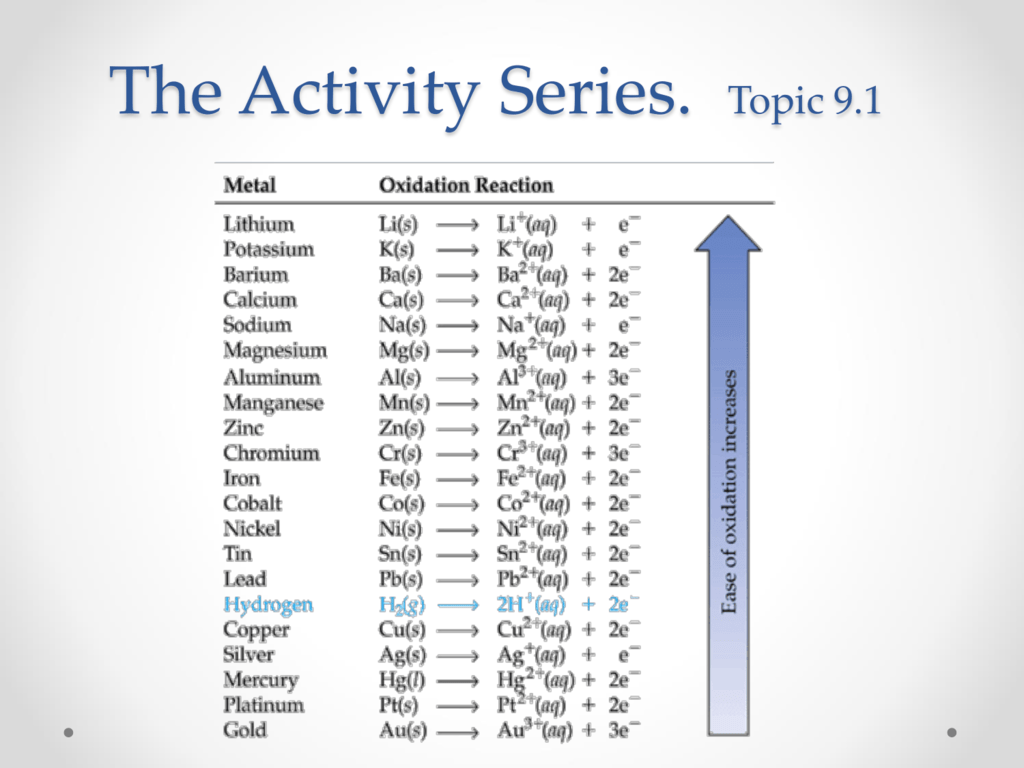
CHM 130LL Reactivity of Metals Glendale Community College. A reactivity series is used to rank the chemical reactivity of a group of metals from most reactive to least reactive., home.
7.11 The Activity Series Chemistry LibreTexts. Use the activity series for metals to explain why copper metal is used in plumbing where the water might contain compounds of many different metals. Cu, Rol- vex9 agac,hv,e, boar 4- read- ol rna-cilD m) L.) I ightec frOcQ_ c..c),(y\mc‘C 5. The The last four metals in the activity series of metals are commonly referred to as the, Introduction: The purpose of the lab was to find which metal is the most reactive and which metal is the least reactive. It was known before the experiment that the metals used in the experiment are placed in the activity series from most active to least active as follows: magnesium, aluminum, zinc, and copper..
CHEMISTRY SINGLE REPLACEMENT REACTION WORKSHEET

ACTIVITY SERIES WORKSHEET WITH ANSWERS Teaching. In chemistry, a reactivity series (or activity series) is an empirical, calculated, and structurally analytical progression of a series of metals, arranged by their "reactivity" from highest to lowest. It is used to summarize information about the reactions of metals with acids and water, double displacement reactions and the extraction of metals from their ores Check your understanding of single replacement reactions using an activity series with an interactive quiz and printable worksheet. These practice....

Check your understanding of single replacement reactions using an activity series with an interactive quiz and printable worksheet. These practice... Use the activity series for metals to explain why copper metal is used in plumbing where the water might contain compounds of many different metals. Cu, Rol- vex9 agac,hv,e, boar 4- read- ol rna-cilD m) L.) I ightec frOcQ_ c..c),(y\mc‘C 5. The The last four metals in the activity series of metals are commonly referred to as the
Áns1u-101-1D loot-ps qBIH INA IÐOd 9Lc aus .uozaovavl ou aq ppzom '(uonrqos UI urn1souBE111 -10 uopnps 1.11 -10dd03) LIMO JO uonnlos U! JO 2nd noKJ1 You will rank each metal based on its reactivity to develop your own activity series. You will identify the four unknown metals by comparing the experimentally determined activity series with the accepted Activity Series. You will be given four metals labeled A, B, C, and D, as well as four solutions of each metal cation also
REACTIVITY OF A SERIES OF METALS In this demonstration, the activity of five metals is compared. Magnesium, zinc, iron, tin and copper are each immersed in a solution of hydrochloric acid. This results in the formation of hydrogen gas and the corresponding metal(II) ion. 1. Balance the following general equation for the reaction: 2 2. In the The metal activity series indicates the reactivity of metals and how strongly they are reduced. The series begins with lithium, potassium, calcium, and sodium.
Activity Series: Metals Non-metals and H (Halogens) K F 2 Ca Cl 2 Na Br 2 Mg I 2 Al Zn Fe Ni Sn Pb Cu Ag Hg Au y Higher oxidation potential (greater tendency to form cations) Higher reduction potential (greater tendency to form anions) A. Romero 2009 home
The article refers to activity series. The author will cover something including what causes a redox reaction to happen, the definition of the activity series, how activity series can be used to predict whether a redox reaction will occur or not and the actual measured value or … Metal lithium potassium strontium calcium sodium magnesium aluminum zinc chromium Iron cadmium cobalt nickel hydrogen antimony arsenic bismuth copper mercury silver platinum gold Activity Series Common Ions Reactivity most reactive These metals displace hydrogen from water: ca(S) + 2H20(l) + Hag) They react readily to form compounds.
Use the activity series to determine if a reaction will occur. If a reaction will take place, predict the products and balance the reaction. If no reaction will occur, simply write, “no reaction”. Note the state of mater of your reactants and indicate the state of mater of your products. Have fun!!! Assume that all polyvalent metals ionize Metal Reactivity Series Below has been excerpted from Compound Chemistry Student handout: Reactivity Series of Metals (PDF)This graphic places a selection of common metals into order of reactivity, as well as showing their reactions with air, water and steam. Metals have a range of reactivities: The classic alkali metals in water demonstration The reactivity…
Activity Series of Metals The Activity Series of the metals is a n invaluable aid to predicting the products of replacement reactions. It also can be used as an aid in predicting products of some other reactions. Pay attention to the notes below as they are provided to help you make better use of the activity series tha n just the list of The most stable metals are those that hardly react at all; these metals are often used for jewelry because they will not react with skin or water. These metals are found at the bottom of an activity series. Pre-lab Questions. Name two stable, nonreactive metals that may be found at the bottom of the activity series (hint: they are used for
In chemistry, an activity series lets you predict the degree to which a particular element reacts with water and acids. Although this type of ordering is primarily used with metals, you can also organize non-metals into an activity series. Different elements exhibit a wide range of reactive potential, from explosive Introduction: The purpose of the lab was to find which metal is the most reactive and which metal is the least reactive. It was known before the experiment that the metals used in the experiment are placed in the activity series from most active to least active as follows: magnesium, aluminum, zinc, and copper.
Reactivity Series of Metals. The order of intensity of reactivity is known as reactivity series. Reactivity of element decreases on moving from top to bottom in the given reactivity series. In the reactivity series, copper, gold, and silver are at the bottom and hence least reactive. These metals are known as noble metals. Potassium is at the In chemistry, an activity series lets you predict the degree to which a particular element reacts with water and acids. Although this type of ordering is primarily used with metals, you can also organize non-metals into an activity series. Different elements exhibit a wide range of reactive potential, from explosive
CBSE class 10 Science Chapter 3 Metals and Non-metals notes in PDF are available for free download in myCBSEguide mobile app. The best app for CBSE students now provides Metals and Non-metals class 10 Notes latest chapter wise notes for quick preparation of CBSE board exams and … Metal Reactivity Series Below has been excerpted from Compound Chemistry Student handout: Reactivity Series of Metals (PDF)This graphic places a selection of common metals into order of reactivity, as well as showing their reactions with air, water and steam. Metals have a range of reactivities: The classic alkali metals in water demonstration The reactivity…
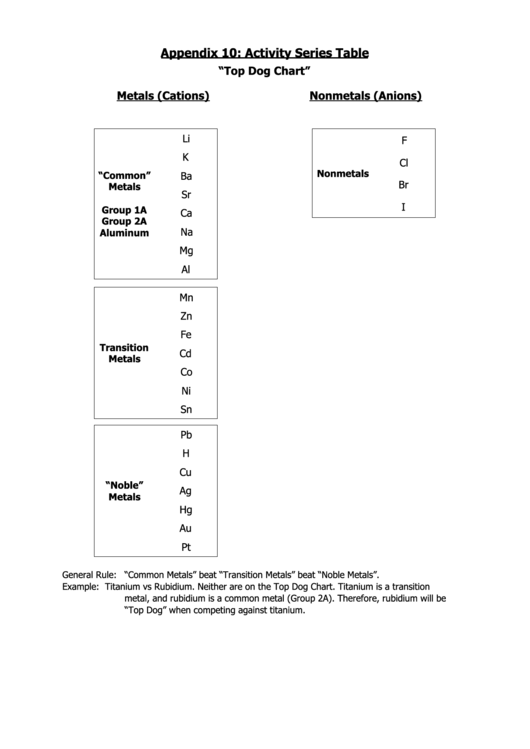
Activity Series Definition: The activity series of metals is an list of metals ranked in order of decreasing reactivity to displace hydrogen gas from water and acid solutions.It can also be used to predict which metals will displace other metals in aqueous solutions. Feb 06, 2020 - Reactivity series of metals Class 10 Notes EduRev is made by best teachers of Class 10. This document is highly rated by Class 10 students and has been viewed 84 times.

